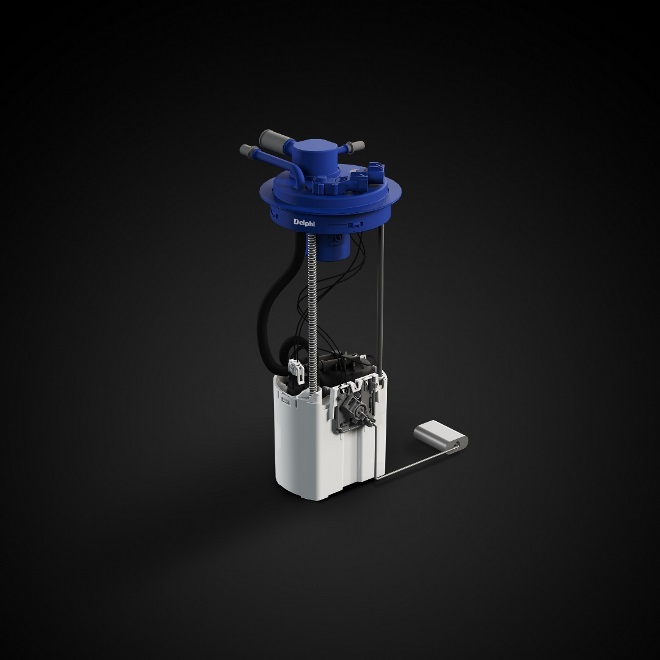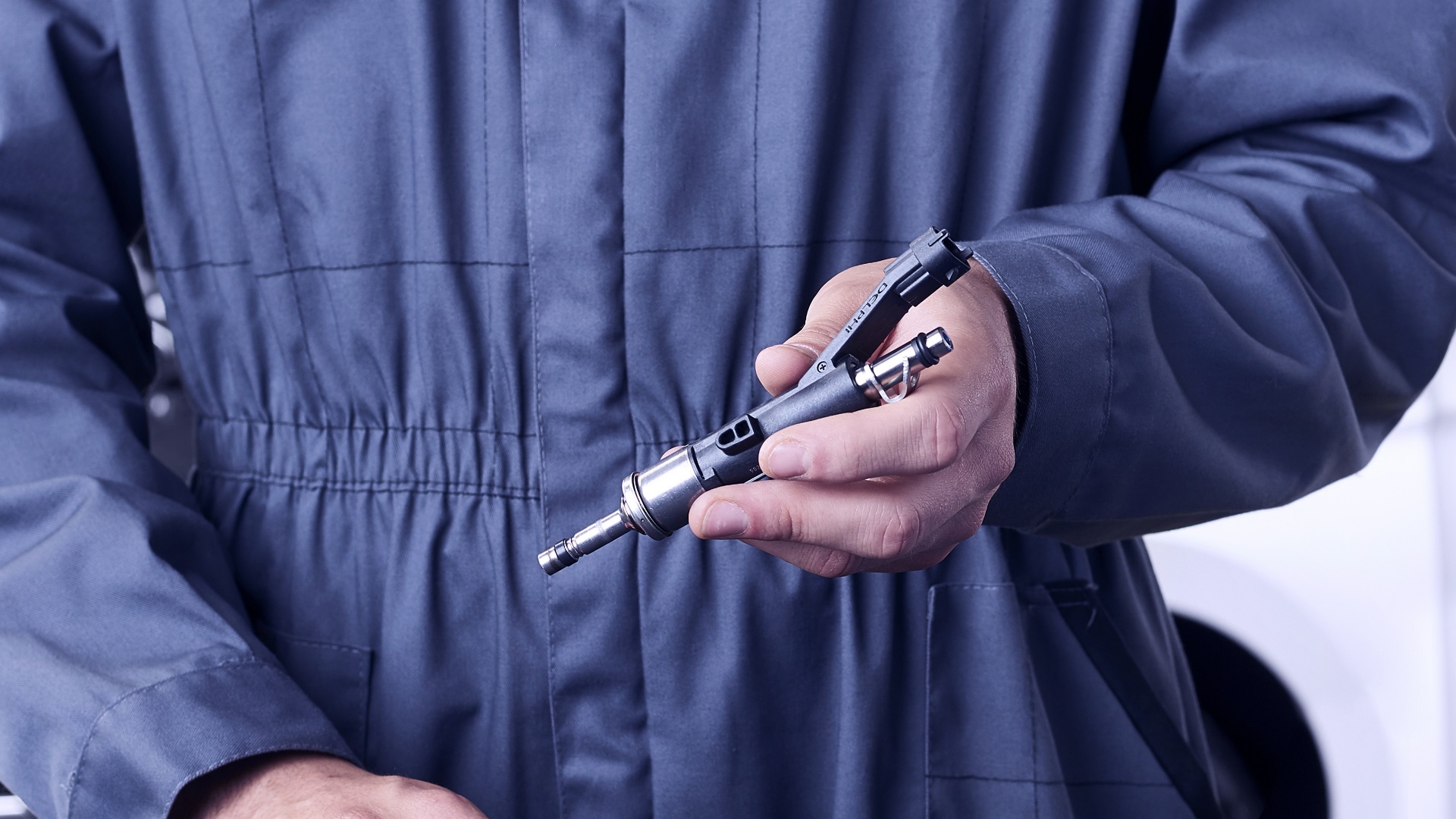Resource Highlights
In this article you will find out about how to perform a voltage drop test from the power side and from the ground side.
Insufficient pressure and flow are an indication that a fuel pump is under-performing, but do not necessarily mean that it is failing. Low voltage or a bad connection or ground will cause a pump to underperform, producing the same test results as if the pump were bad. Before replacing any fuel pump based on pressure and flow test results, always follow the vehicle manufacturers recommended procedure for testing all electrical connections and the electrical system charge. A minor issue such as a loose ground can cause many problems that resemble more serious malfunctions.
Lets explore how to do a voltage drop test from the power side, and then from the ground side, too.
- We always put safety first, so be sure you are wearing safety glasses. Do NOT probe the vehicle electrical harness connector with DMM leads. Doing this can damage the terminals in the harness, creating the potential for an overheated fuel pump connector due to excessive electrical resistance. Always use the proper test probe to perform electrical tests.
Voltage drop test from the power side
To do the test from the power side, you’ll need a DMM— that’s a digital multimeter. You’ll need access to the fuel pump connector and battery.
- Take the multimeter and set it to twenty volts D-C scale, or D-C if your multimeter has auto-ranging capabilities.
- Now connect the multimeter positive probe to the battery positive terminal. With the fuel pump wire harness connected to the fuel pump, connect the multimeter negative probe to the power feed wire at the fuel pump connector.
- Turn the ignition to the “on” position. Keep in mind that the pump will only run for about two seconds while the relay is in prime position, or until it gets an RPM signal. The reading should be less than 0.2 volts. If the reading is greater, check for resistance in the power supply circuit for the fuel pump.
Voltage drop test from the ground side
Now, to do the test from the ground side, the process is very similar. You will again set the multimeter to twenty volts D-C scale, or D-C if your multimeter has auto ranging capabilities.
- This time you will connect the multimeter positive probe to the ground terminal of the fuel pump connector. Make sure the fuel pump wire harness is connected to the fuel pump. Then connect the DMM’s negative probe to the battery negative terminal.
- Turn the ignition to the “on” position. Again, keep in mind that the pump will only run for about two seconds while the relay is in prime position, or until it gets an RPM signal. Your reading should be less than 0.2 volts D-C. If it’s greater than that, check for resistance in the ground supply circuit for the fuel pump.







